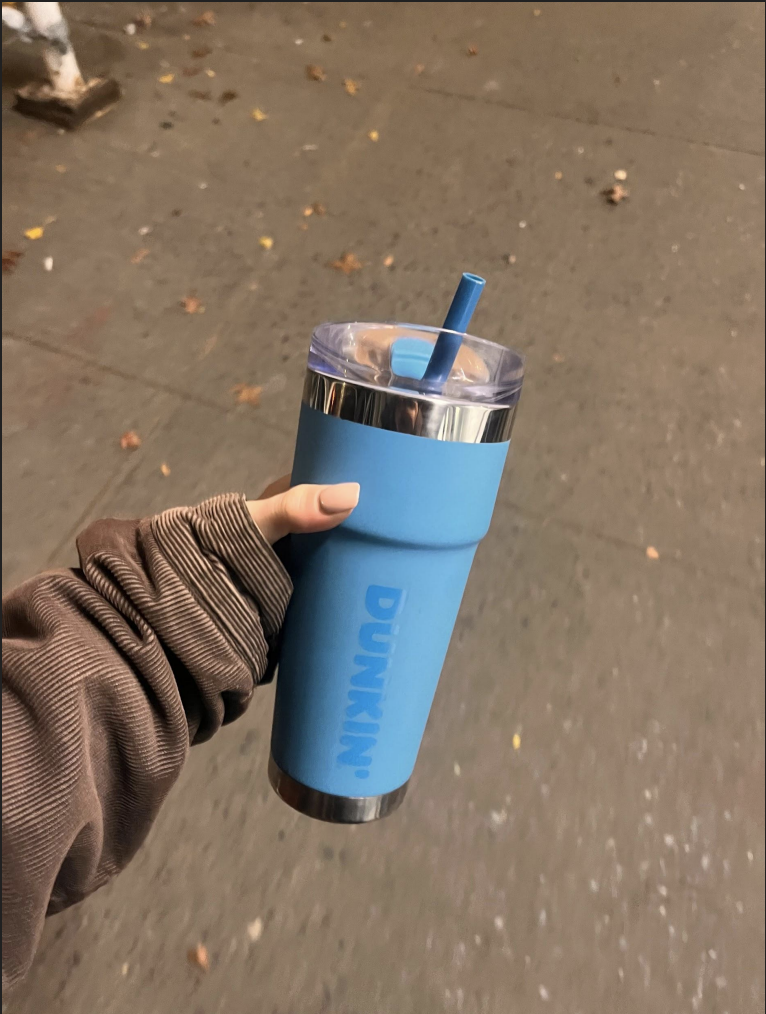Interaction one~
Family Gen X Friend: “What do you do?”
Me: “I’m a dancer!”
Family Friend: “Oh, interesting!” (Awkwardly starts talking to the nurse in the family)
Interaction two~
Past high school classmate: “So, what shows are you in?”
Me: “Nothing yet.”
Past high school classmate: ——
Me: “I mean I’m still finishing up school, doing some auditions, training, and working towards it…”
Past high school classmate: “Gotcha. Do you have a plan B?”
Me: “I have things in mind!” [Fake smiles]
If you are a professional dancer just beginning to enter the field or are in that in-between period between performance jobs, these conversations may be familiar to you. As dancers, we receive a lot of criticism for choosing a career that is unpredictable. In any other career through academia, an individual who does not get a full-time job from their 4-year degree is deemed unsuccessful. This label is cast over performers in the entertainment industry when it is not necessarily applicable. When it comes down to the work, most of that “work” is preparing for the contract you will eventually book. The time you are in a show, on tour, or in that commercial, is a very small percentage in relation to the time you spent training for it. So, where is the sense in this career path you may ask? Only the ones who dedicate their life in the pursuit of performing will understand, so I cannot explain that. But, I can show you a sample “Day in the Life” of the training dancer, so you have some idea of what we do to make it in this career.

The alarm goes off again after snoozing the previous alarms. This dancer sits up in bed to wake up
The day starts with the startling sound of the iPhone alarm. After a few snoozes, “5:15 am,” “5:25 am, “5:30 am,” it’s time to start the day. Light stretching to get the blood flowing, cracks and pops to release the tension built up throughout the night of sleep. Feet are the first to touch the cold floor, sending a jolt of energy through the body. It is key for a dancer to prepare well for a new day. The hustle from one place to the other is only possible with the preparation of meals, dance shoes, a laptop for work, and of course beverages, aka water and caffeine. The day is planned before it even begins. It is now 6:05 am, bag is packed, sneakers are on, time to go to work.

These dancers show up to their early morning shifts

6:30 am Clock-in at work. Dancers will always have a side hustle, especially when not getting paid currently to dance. It is typical for dancers to work at places that help achieve some of their goals within their careers. Common jobs for dancers are teaching a form of fitness or working the front desk at a gym or yoga studio. Dancers are not limited to these jobs but receive a lot of perks in return. First, the hours are flexible. You have the agency to choose your schedule, whether early morning, morning-afternoon, or evening is most convenient for you. Second, these places typically have an organized format for shift coverage. The ability to get coverage for shifts when needed is important for performers who are constantly looking for auditions or have to take leave for a contract. Some other perks include cross-training for free. This may be a complimentary gym membership or fitness classes in the city. It is the most convenient addition to your day. 10:00 am, the shift is over, and you jump into a free yoga class to warm up before your first dance class.

This dancer takes a free yoga class after her shift.

It is time for a necessary mid-morning coffee pick-me-up.
11:00 am, you are on the go again, with an iced coffee for support. The left hand is on the ballet barre by 11:30 am. The long day of dance begins. The aspiring Broadway-bound dancer uses the hour and 20 minutes of ballet to work on extensions, counterbalance, strength, and performance. She then adds the sass when jazz class begins at 1:00 PM.

This dancer poses holding the ballet barre before class begins.

The dancers unite posing before jazz class.
It’s the time to be a character and tell a story through the choreography. Dancers can use jazz class to practice how they would approach an audition, what they feel confident wearing, and what hairstyles add to their looks. The clock strikes 2:30 pm, quickly jog down the stairs, and costume change for contemporary rehearsal until 3:51 pm.

This dancer takes the stairwell rushing from jazz to rehearsal.

The aspiring Broadway-bound dancer is guided by her voice teacher through vocal warm-ups.
4:10 pm, you are waiting for the downtown Q, 4:30 pm, you arrive at your voice lesson. 5:30 pm, it is time to go again. Walking on to the uptown Q by 5:45 pm, this dancer is back at school for tech rehearsal by 6:15 pm. With a half hour of downtime, she pulls out her computer for some homework before warming up for a run-through at 7:00 pm.

This dancer warms up on stage before her number performs at tech.
It is 9:00 pm, and you can’t believe another day flashed before your eyes. It’s time to go home and catch up on homework for finals. At 12:30 am, this dancer pulls out her to-do list and prepares for the next morning as the candle burns softly. 1:00 am, She closes her eyes. Graduation is just around the corner, and the pressure of “success” within this art form keeps building. I am hopeful other artists can relate to “A Day in The Life of a Training Dancer” and find some validation in the progressive work they do day-in and day-out for their careers. I want to normalize the “not-yet-booked dancer.” Just because we are not yet booked, doesn’t mean we are not working our asses off to be! For those outside of the field, such as the Gen X family friend, or past high school classmate, I hope you feel enlightened with a new perspective that what defines a successful dancer is not limited to being booked right away or working 100% of the time.

The long day has come to an end. It is time to relax before bed and prepare for
tomorrow.































